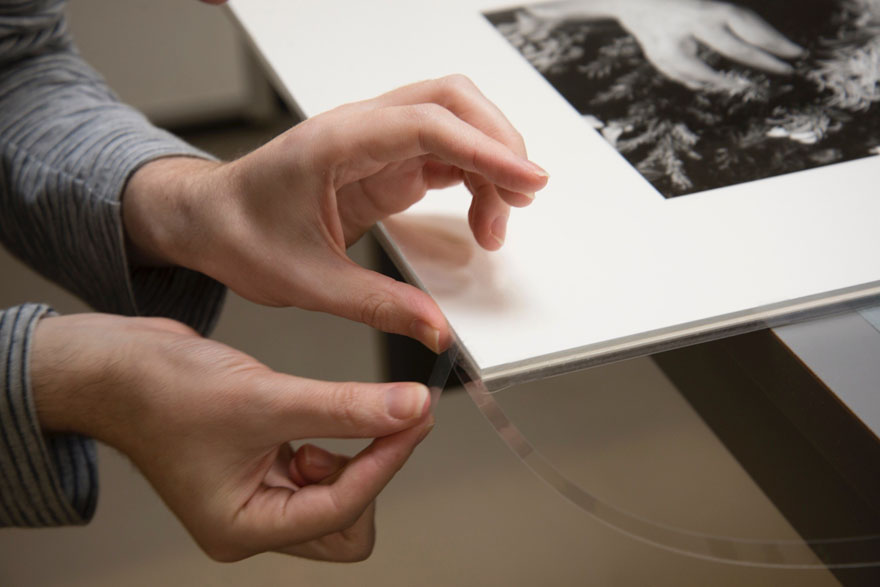Lingua franca – Chapter 3: Treatment options
On this page
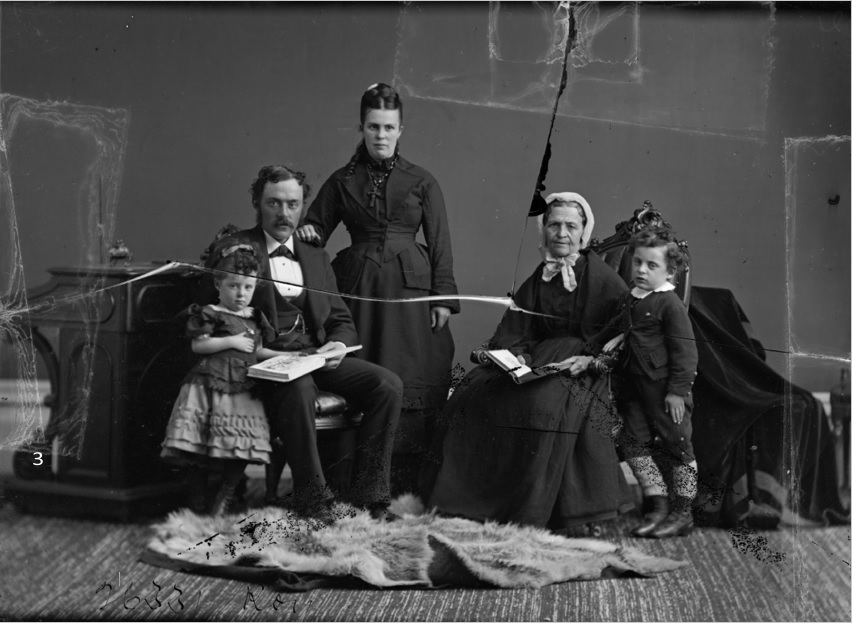
Treatment options
Mould removal / Reduction
Mould is reduced/removed from a daguerreotype bare plate. Using a fine paint brush with one or two hairs remaining, the mould spider is gently brushed. A hurricane air blower is then used to blow away any loosened debris.
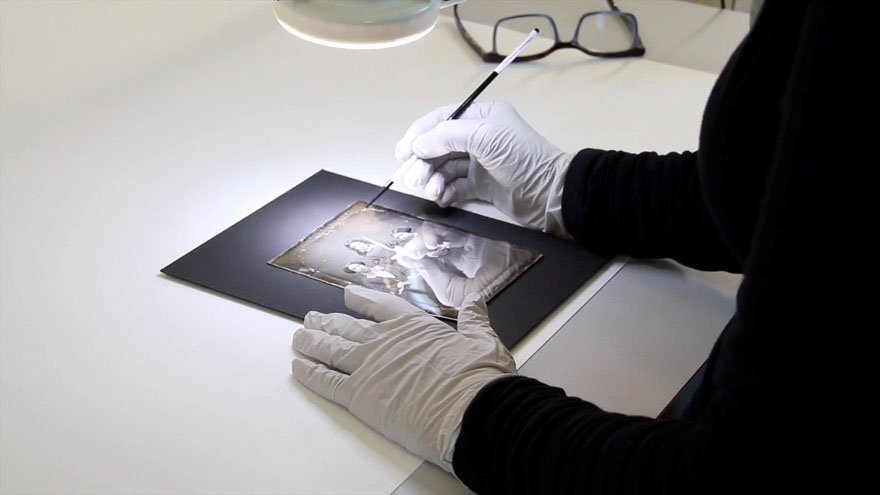
Sealing tape removal for cased objects
Conservation sealing tape is mechanically removed from the back of a bare plate daguerreotype. A cotton swab dipped in distilled water is passed slowly over the tape, as it is removed.

Glass plate repair
A repair on glass plate negatives uses a two-part epoxy. The epoxy is prepared and dabbed along one edge of the broken glass plate. The two pieces are then attached and held together using pressure. The plate is left to dry under weights.
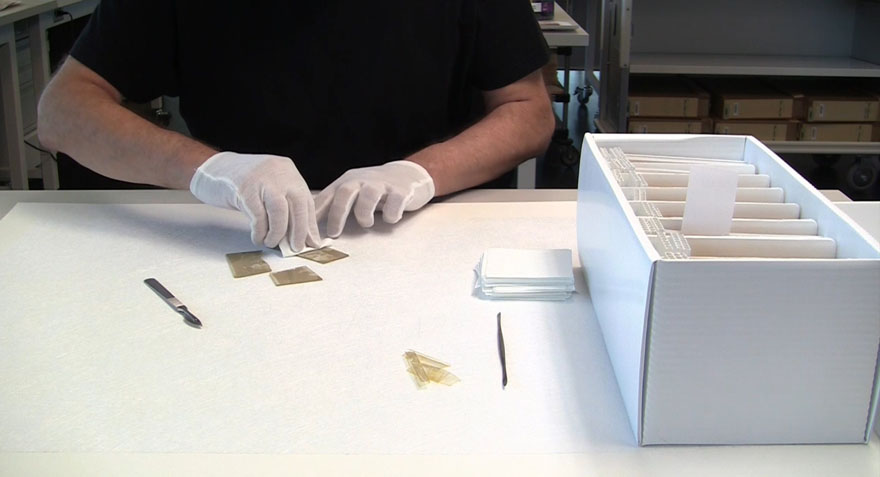


Window mount
This technique can be used with a curling print requiring a mount for exhibition or storage. A mount paper that is slightly thicker than the photograph is chosen. A window is cut out to accommodate the photograph. Small strips of Japanese tissue pre-coated with Klucel®-G are reactivated with a solvent and placed along all four sides of the photograph and the mount paper.
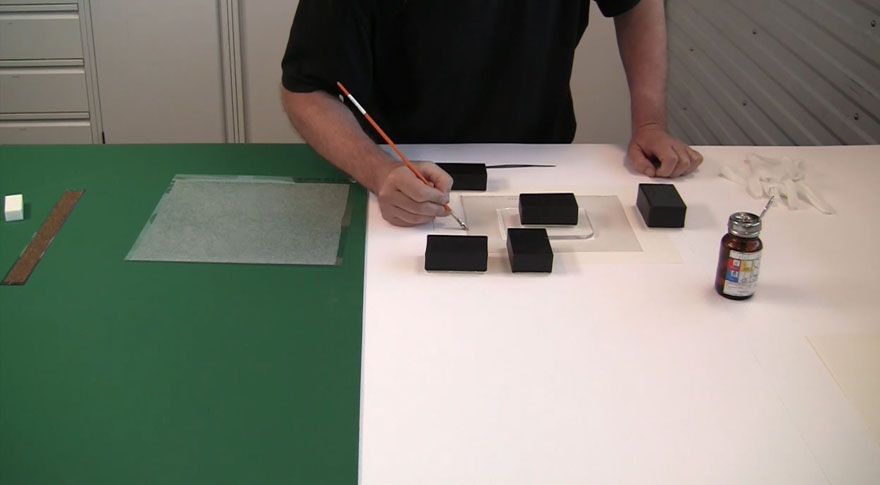
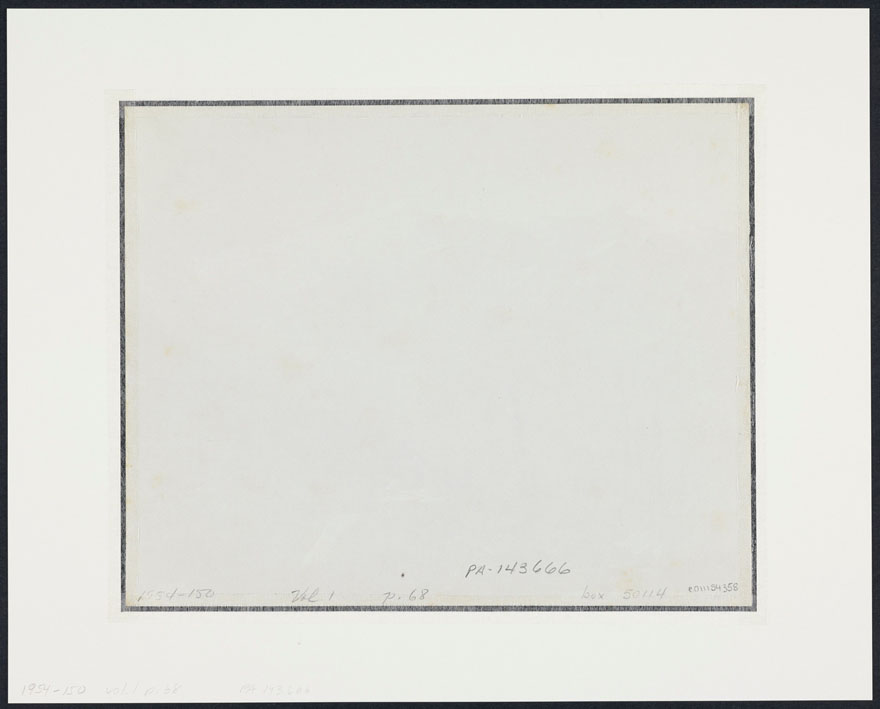
Cleaning of original glass
Original glass is rinsed with purified water and dried with a soft cotton, non-woven fabric. Sometimes a mild soap is used. The last rinse can be either ethanol or acetone. The glass is then placed on its edge and air-dried in a dust-free area.

Humidification
When a photograph has mechanical deformities such as creases, bends or wrinkles, the conservator flattens the photograph. In most cases, the photograph is first gradually and lightly humidified to relax it. Then, the image must be dried slowly and completely.

Dry cleaning
To ensure the stability and clarity of the works, the conservator dry cleans the primary and secondary supports when they are soiled. The object is first brushed to removed dust. Then a kneaded or grated eraser is applied with or without a piece of cotton. After it is cleaned, the eraser is brushed away.

Cleaning with solvents
When photographs have heavy dirt marks or stains that are resistant to dry cleaning, the conservator cleans them with solvents. The choice of solvent, used alone or in a mixture, and its method of application depend on the sensitivity of the process and the solubility of the residue needing to be removed.
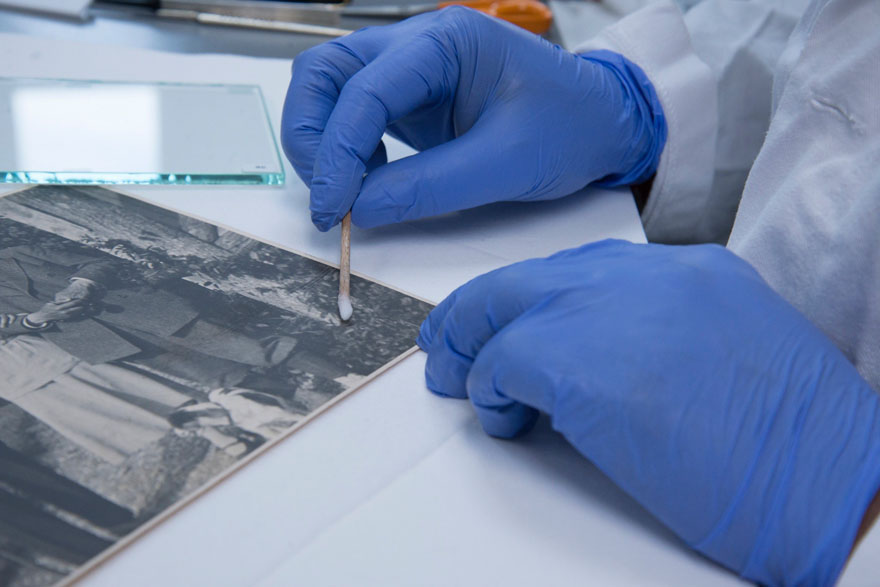
Condition report
The condition report is where information on the condition of a work is recorded before any intervention or exposure: the references of the work, the photographic process and any mechanical, biological or chemical deterioration. The condition report helps determine preventative measures and stabilization or conservation treatments.

Removal from mount
Unmounting consists of removing a photograph from its secondary support. This is done only when it is absolutely necessary for the preservation of the work.

Credit: Nathan Lerner
Lining
When a photograph's support has fragile areas such as creases or tears, the conservator uses lining to ensure safe handling. This strengthening procedure consists of attaching a suitable paper to the back of the photograph.
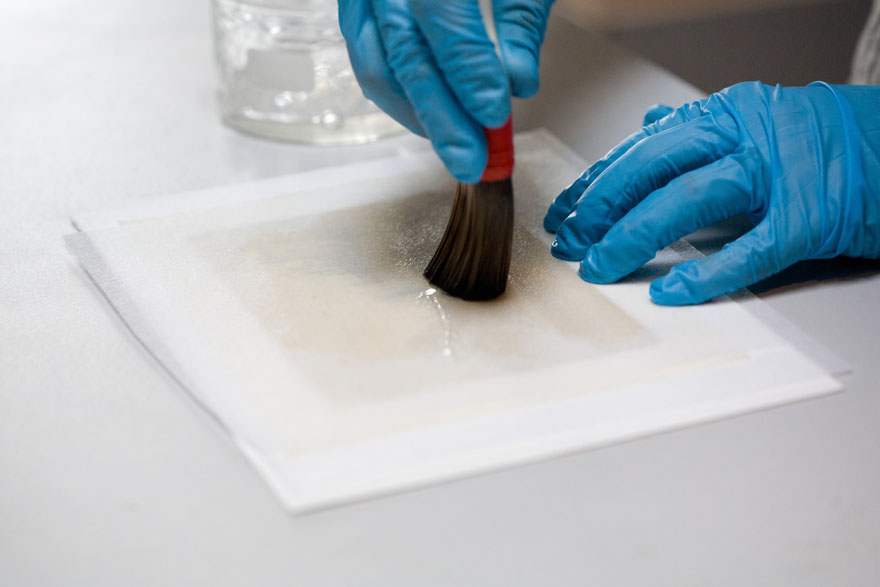
Micro-environment
Micro-environment consists of creating a semi-hermetic mount to isolate a particularly sensitive photograph and to minimize any risk of deterioration caused by the harmful effects of the environment.
